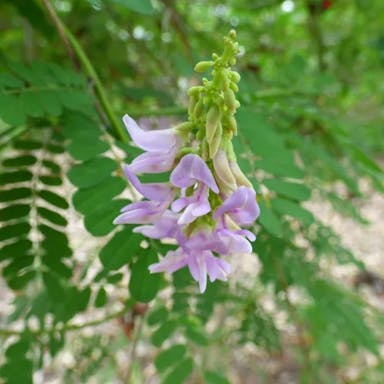Cork passionflower typically blooms in the United States during the summer months, from June to August. The flowers are at their best in July when they reach full bloom. Blooming occurs once a year, lasting for about 2 to 3 weeks. To extend the blooming period, ensure the plant receives adequate sunlight, water, and nutrients. Pruning dead flowers can also encourage new blooms to appear. Additionally, maintaining a consistent watering schedule and providing a well-draining soil can help promote continuous flowering. Maintaining a healthy plant through proper care and attention can lead to a longer blooming period for Cork passionflower in the United States.
0
0












